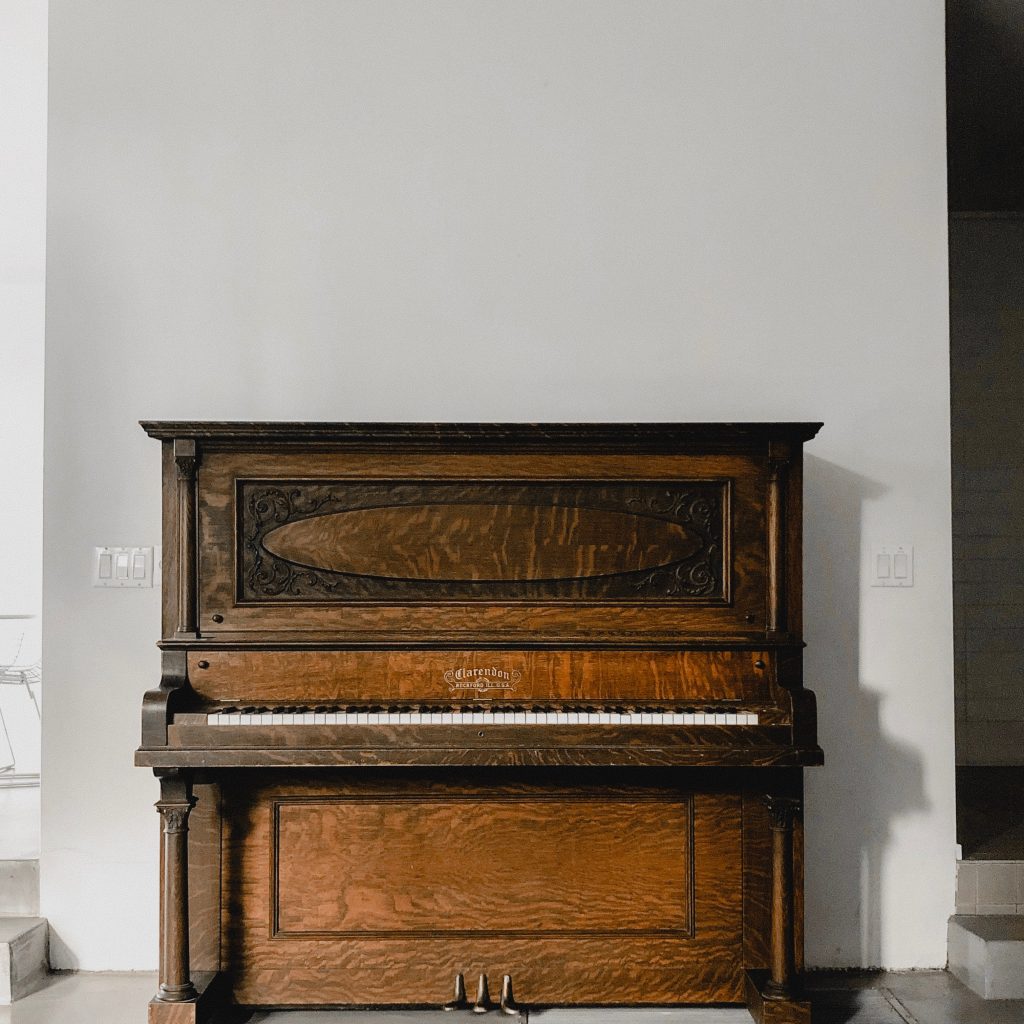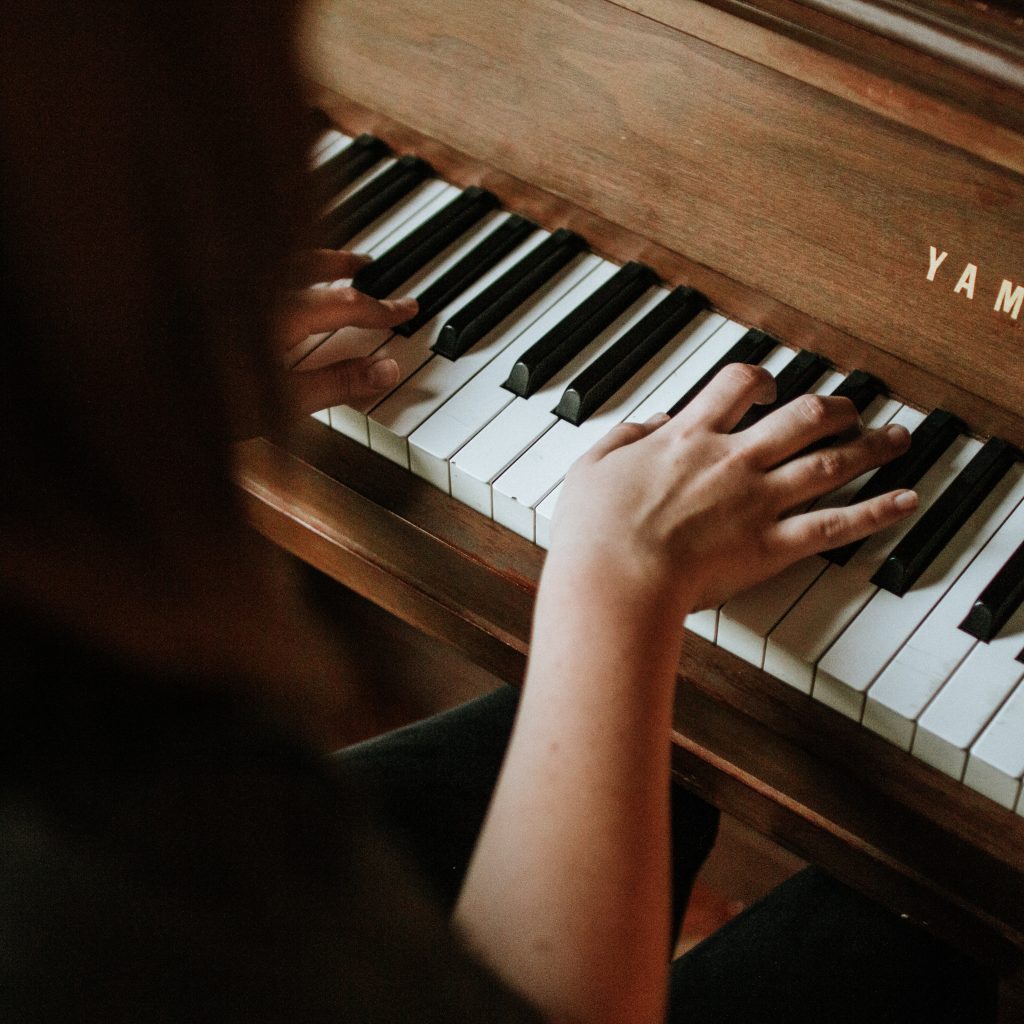Most acoustic pianos come with 3 pedals. In this article, we would be explaining what each of these pedals is and what they do. So without further ado, let’s answer the question “what do the pedals on a piano do?”

If you prefer a visual explanation of this article, below is a helpful video.
Table of Contents
Video: What Do The Pedals On A Piano Do? (Explaining the 3 Pedals)
What Are The Pedals On A Piano?
Before we talk about what the pedals do, we have to first know what the pedals are. And the three pedals on the acoustic piano from left to right are- Una Corda, Sostenuto, and Damper.
From the names, you might already have an idea of what each of these pedals does. One thing you need to keep in mind, though, is that all of these pedals will alter the tone of the piano is some form.
The Una Corda Pedal
The first pedal we mentioned is the “Una Corda” pedal. What this pedal does is it thins the tone of the piano. It does this by slightly shifting the entire action of the piano to the right. Doing this prevents the hammer from striking all the strings on the piano.
This shift in action will also cause the hammers to strike the strings with a different side of the hammerhead. You see, when the hammer is constantly hitting the strings, the felt can become compacted. Shifting the action enables the hammer to strike the string with a softer part of the hammer hand. And this is what alters the sound.
The Damper Pedal
The damper pedal is popularly known as the sustain pedal. It is the most popular and most frequently used of all the pedals. In fact, in digital pianos, most of the time, this is the only pedal you would need.
Basically what it does is it sustains the sound (keeps it playing for longer) by lifting the dampers off the strings. Dampers are the small pieces of wood that are responsible for ending the notes. When you strike a key, the damper is lifted so the hammer can strike the key. When you leave the note, the damper comes back down, muting the sound.
So, by lifting off the dampers momentarily using the damper pedal, the sound is sustained even when you’re not striking the key.

Sostenuto Pedal
The final pedal is the sostenuto pedal. Now the reason we talked about the damper before this is because this acts in a similar way to the damper. Basically, the sostenuto pedal is a selective damper.
When you step on the pedal and it’s active, the sostenuto rod inside the piano engages only the dampers that have been raised already. The rest of the keys on the piano remain as they were.
So, for example, if you want to sustain a chord and then fill it in with some arpeggios, you can activate the sostenuto pedal when you press down the keys for the chord. This would sustain just that chord, while everything else you play won’t be sustained.
With a damper pedal, once it’s active, every damper is deactivated and as such, all the keys are sustained if struck.
